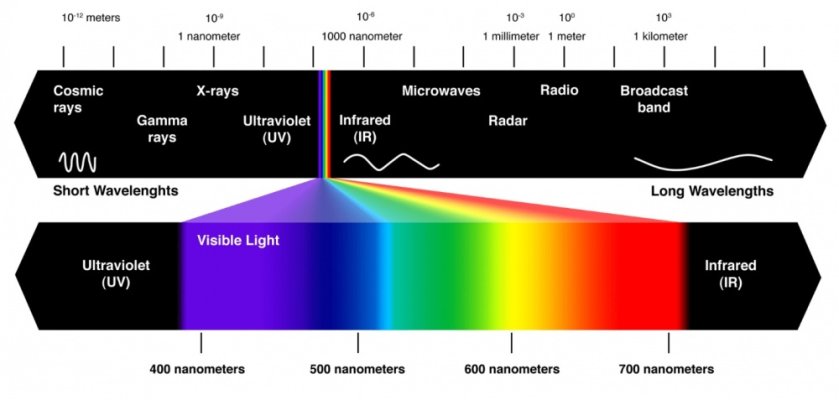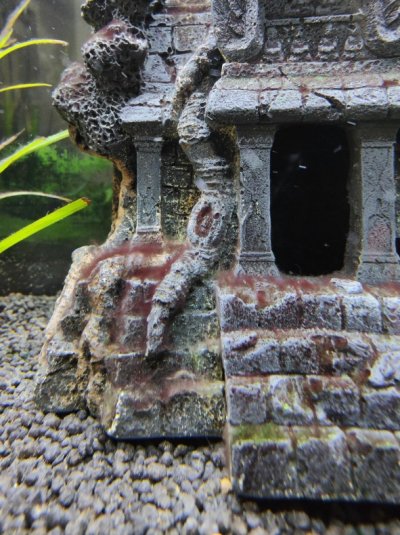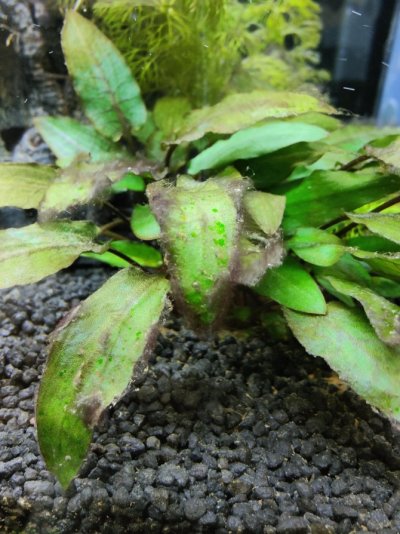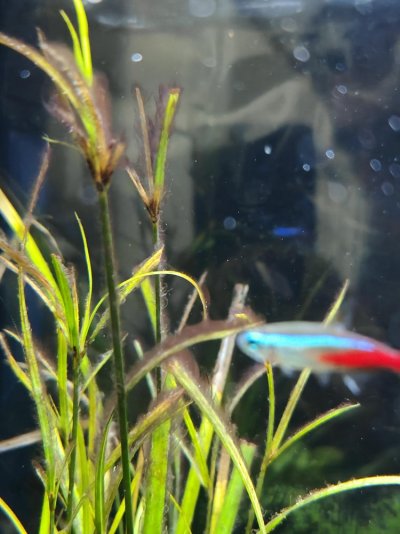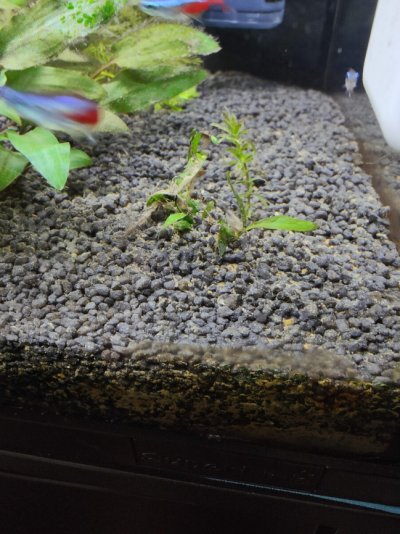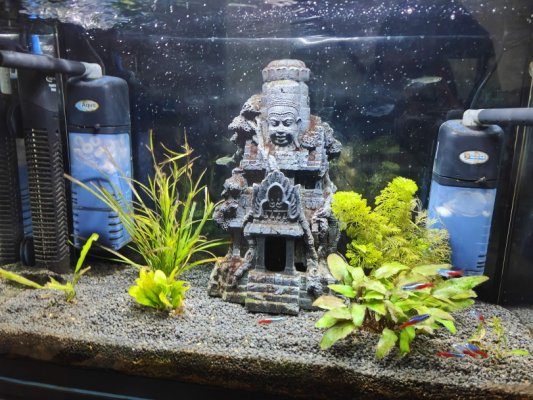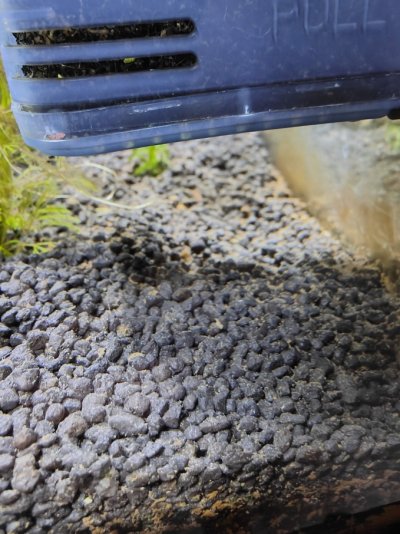A timely post given recent discussion.
Any light you use will have all colours under the visible light spectrum. You hear people talk about full spectrum LEDs but again this is just a nonsensical marketing ploy to get people to buy what they think is better. There’s a lot of competition out there so marketing for these companies has to be clever. Bottom line is that all visible light has all colours that plants use for photosynthesis.
These colours lie within a radiation range from 400-700nm. Quite a narrow bandwidth given all the other types of radiation but you can see it in the picture below.
View attachment 325404
So now that we understand that any light you use has all the photosynthetically active radiation (PAR) colours the plants need for photosynthesis we need to understand what plant’s actually care about.
First and foremost plants that we buy from the store are grown out of water and have access to atmospheric levels of co2 400+ppm. They can breathe! and use stomata in order to do so. Their leaves are thick and waxy and full of chemicals to prevent pests from eating them.
When you plant them underwater you immediately restrict their breathing. The average aquarium will have anywhere up to around 6ppm co2. That is a drastic drop. How do plants get around this you might ask? Well, first they have to restructure their chemical and molecular makeup so that they can adapt to this life. They discard the older leaves first and foremost, using any stored energy solely towards growing these new leaves because they life of the plant depends in it. The new leaves are thin and shaped differently. They have fewer or no stomata at all and so they have to rely on co2 being pushed across the leaf membrane where they can make use of it and they need to ramp up production of an enzyme called RubisCO. The most abundant enzyme on the planet. It is used to capture co2 but it’s a sloppy enzyme, not very efficient and energy intensive to produce. But underwater plants need more of this enzyme so they can maximise co2 usage.
So the first point is that most aquatic plants will turn to mush a couple of weeks after planting as they adapt to life underwater. The problem here is that as they turn to mush they release all organic waste products that trigger algae blooms and the most common one in aquariums under these conditions is the god awful BBA.
The best thing to do in this case is to do frequent water changes as this will both dilute organic wastes and remove algae spores.
The good news is that these organic wastes can be assimilated by microbes but only after these microbes and their associated processes are fully up and running and this takes time. 8-12 months. When the microbes in the biofilter are all accounted for the waste breakdown becomes phenomenally quick and few things are left to waste.
In a young tank full of decaying plant matter, on top of fish and food waste decay however, algae begins to predominate.
So point number 2 is change water and have lots of patience.
Point 3 takes us back to co2 and why a light that is too strong can turn plants to mush.
If a light emits too many photons over a given area over a given time then the plant is forced in to the processes of photosynthesis at an accelerated rate. Co2 is essential to fulfil the requirements of photosynthesis and if the plant cannot obtain enough co2 then it will turn to mush just like when you first put them underwater. This happens all the time when a lush tank owner replaces a broken light fixture with a new one and the PAR rating is much higher. The plants have to restructure their internal processes once more because they need more co2, and how do they ensure more co2? More RubisCO. Bye bye old leaves and hello new leaves, decay, lots of light and nutrients and oh hello again algae.
So to summarise point 3. You may have too much light intensity.
So with all that said here’s what you can do.
1. Forget about colours, spectrums and temperatures of light and reduce the intensity.
2. Change water more often for the time being. Tap water has lots of co2 by the way so theres no harm in that.
3. Stick with it an allow the tank to fully mature so that waste material is scavenged at a rate that it does not feed algae. This is why a like to keep tons of snails and shrimp. They offer another step in the waste breakdown cycle and they feed on dying plants, biofilms and uneaten food.
Good luck

